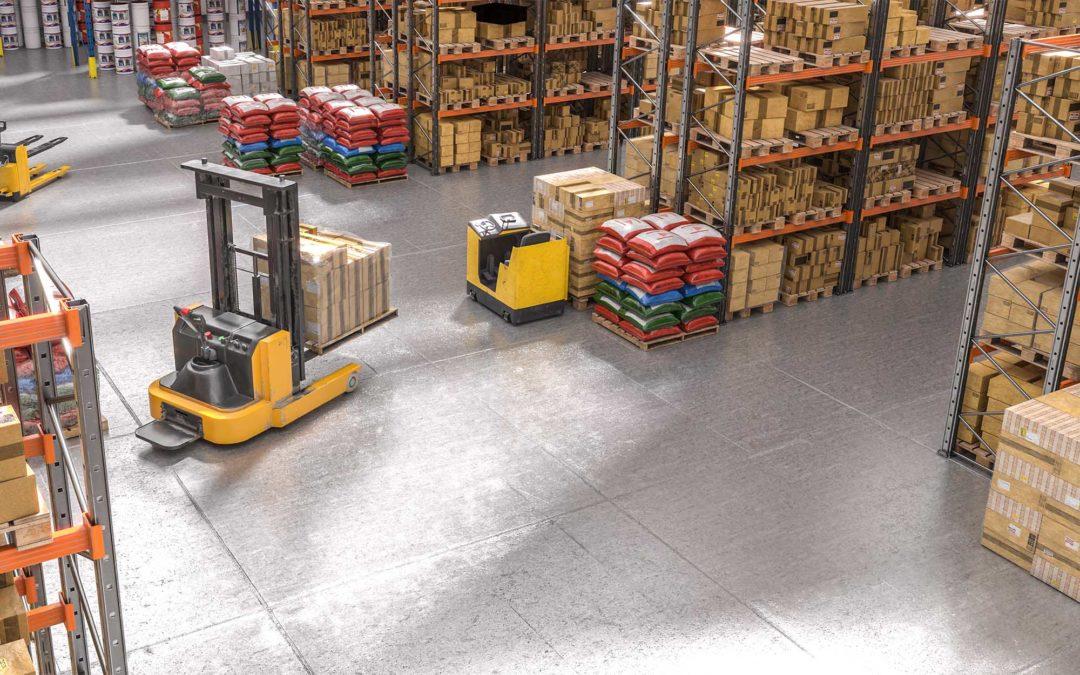Have you prepared your warehouse cost management plan for the rest of the year? If not, now is the time, especially for businesses affected by supply chain disruptions and labor shortages. Keep reading to learn how to make your warehouse more efficient and optimize your budget this year.
Warehouse Cost Management Options
Deciding if you should lease, rent, or buy a forklift is difficult, but it’s a choice you have to figure out if you’re going to put together an accurate budget. Some of our partners even use a mix of those options. Your warehouse cost management depends on your organization’s goals, but how do you choose the best option for your business?
To answer this question, you need to understand the benefits that come with each option.
The Advantages of Buying a Forklift
Many businesses need forklifts for their daily operations, like distribution centers and order fulfillment facilities.
If your business requires a forklift at all times, purchasing an electric or gas forklift might be the best option for you. Here are a few benefits to buying your warehouse equipment:
- Resale: Purchasing is the only option that allows you to sell the equipment once you don’t need it anymore. The better the lift truck is maintained, the more you’ll get back for it, so purchasing it could be a good investment for your company.
- Customization: Since you have ownership of this piece of equipment, you can customize it specifically to meet the needs of your business.
- Tax deductions: Purchased forklifts are eligible for tax deductions.
- Liability: When you rent material handling equipment, you have to return it at a specific time and in good condition. If you scratch or ding a forklift you own, you don’t have to pay repair fees.
The Advantages of Renting
Some warehouses might require a forklift for a couple of months, whereas others need them for a year or two. Renting warehouse equipment is a flexible and cost-effective option that provides a forklift only when you need it.
The benefits of renting include:
- Flexibility: Renting is a flexible option that allows you to add or remove forklifts from your fleet on demand. You also have the freedom to choose a long– or short-term forklift rental.
- No commitment: You pay for rentals on a monthly basis, so you won’t be stuck with machinery you don’t need.
- Reduced maintenance costs: Real-time maintenance is typically built into a rental contract, meaning the provider does the maintenance at no additional cost.
The Advantages of Leasing
A significant aspect of your warehouse cost management plan is the length of your projects. You can factor in how long you need your warehouse equipment and lease it to cut costs.
A great benefit of leasing is lower month-to-month payments when compared to buying or renting. Other benefits are:
- Replacement cycle: When you lease a forklift, you get to determine the amount of time for the lease term, allowing you to plan for equipment replacement.
- Brand-new equipment: Leasing gives you access to the latest and greatest warehouse equipment on the market.
- Flexibility: Once the leasing term is over, you can adjust your fleet size.
Need help finding an option that works for your warehouse cost management plan?
How To Make Your Warehouse More Efficient
You can make your warehouse more efficient and improve performance by:Taking Inventory of Equipment
Improve your warehouse efficiency by asking yourself the following questions while taking inventory:- How many forklifts do I have and need?
- Do my forklifts have the proper batteries and chargers?
- How many dock doors do I have?
- What equipment is outdated or damaged?
- What maintenance does my equipment need?
- What is my warehouse layout?
- What are my current operational costs?

